
For decades, scientists have debated the identity of the impactor that struck our planet that fateful day, leaving a 90-mile scar called the Chicxulub crater under what is now the Yucatán Peninsula in Mexico.
Although an asteroid remains the leading candidate, a team based at the Center for Astrophysics, in Cambridge, Mass., has proposed that the culprit may have been an icy comet that flew too close to the sun.
When long-period comets from the outer reaches of the solar system approach the sun, they can be torn asunder by the star's immense tidal forces. The resulting shards may have been catapulted across Earth's orbit, providing "a satisfactory explanation for the origin of the impactor" that killed the dinosaurs, according to a study published on Monday in Scientific Reports.
"To this day, the origin of the Chicxulub impactor remains an open question," said Amir Siraj, an undergraduate studying astrophysics at Harvard who led the research. His model, he said, examines "this special population of comets" that could have produced enough shards — of the right size, at the right rate and on the right trajectories — to threaten Earth "in a way that's consistent with current observational constraints."

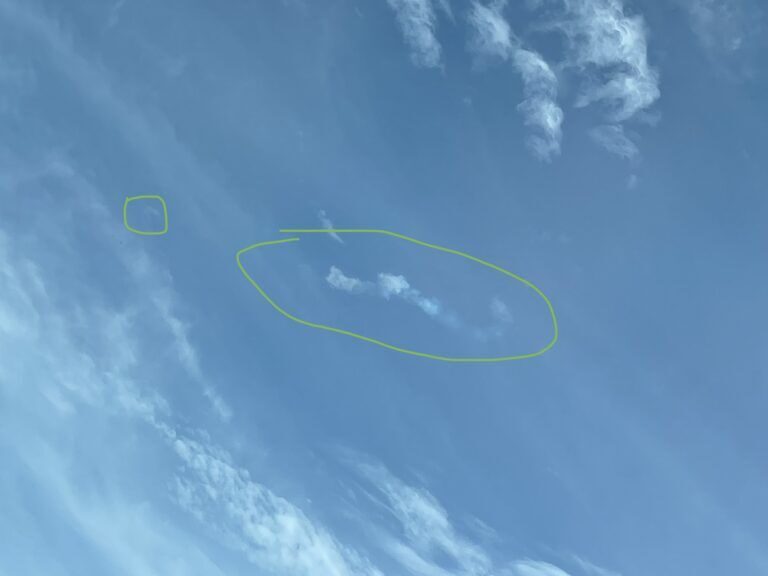
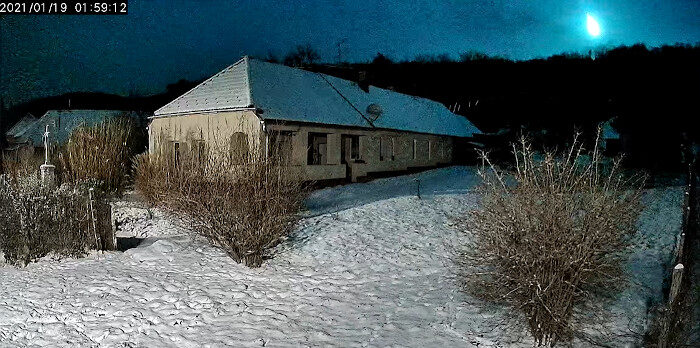
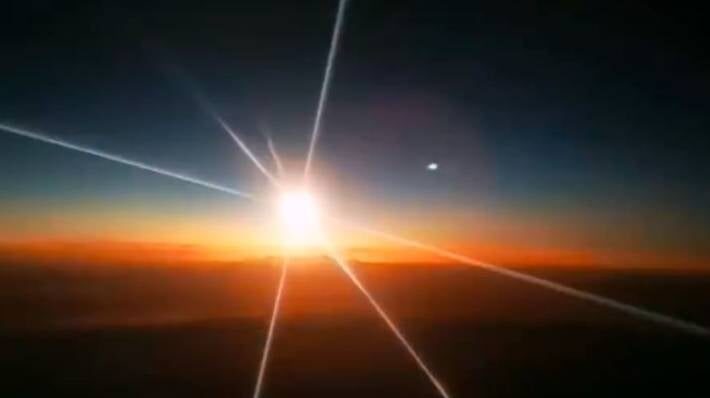
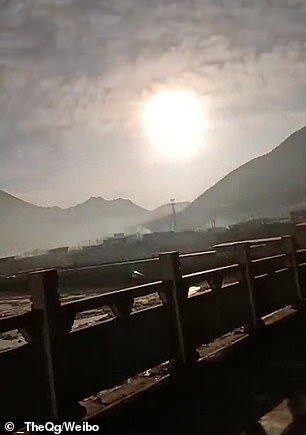
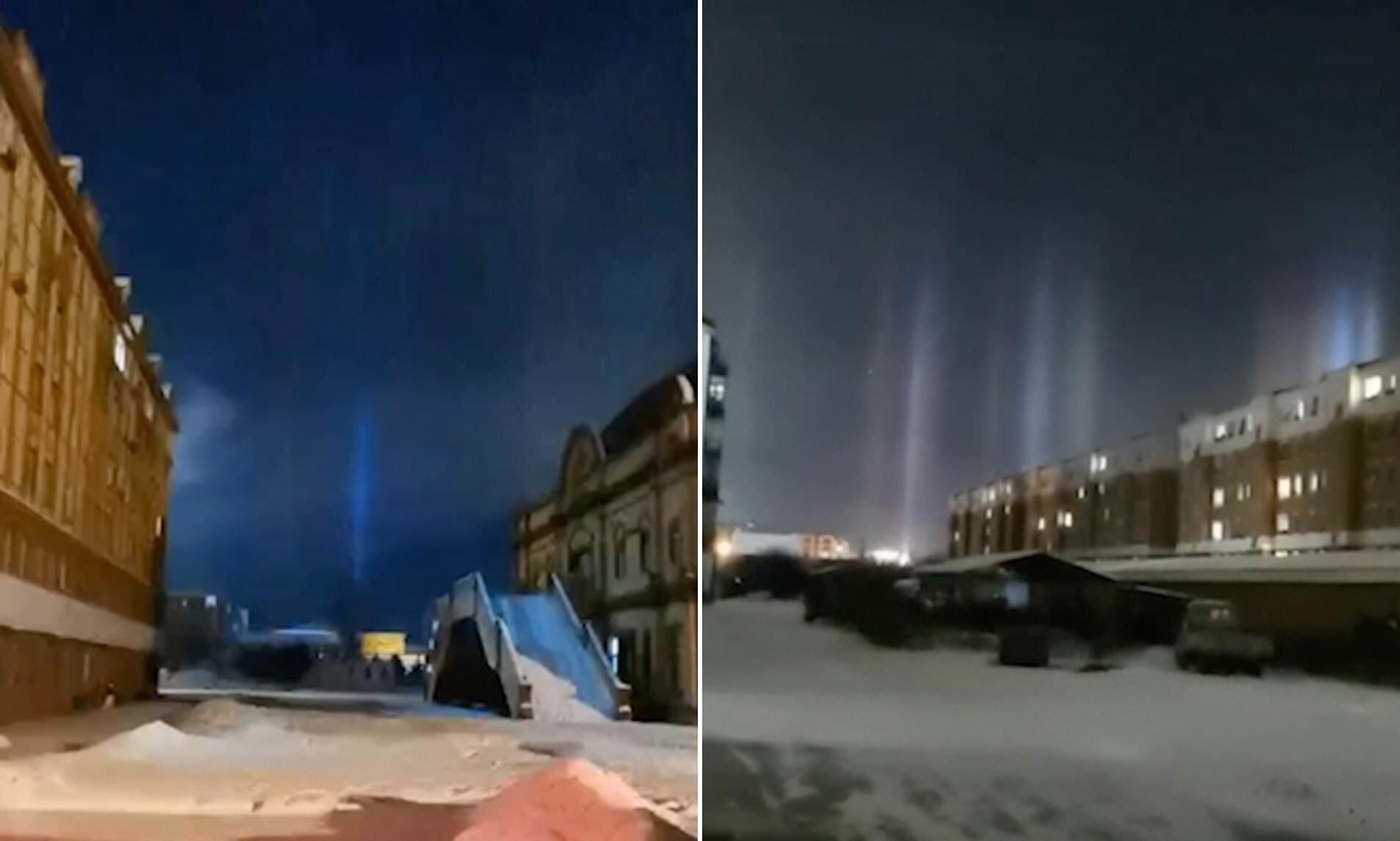

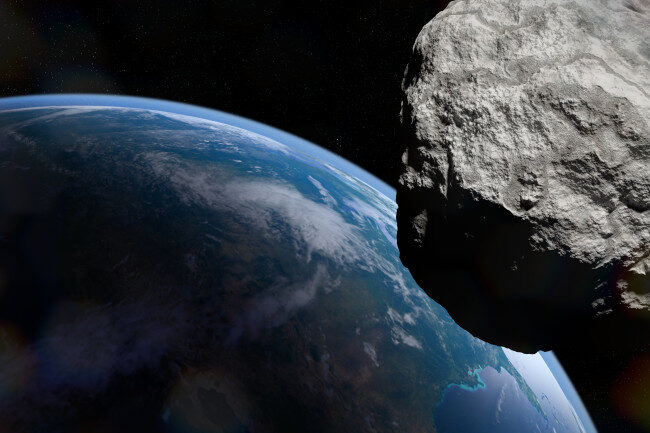





Comment: Dashcam footage of the event has just emerged on Twitter: